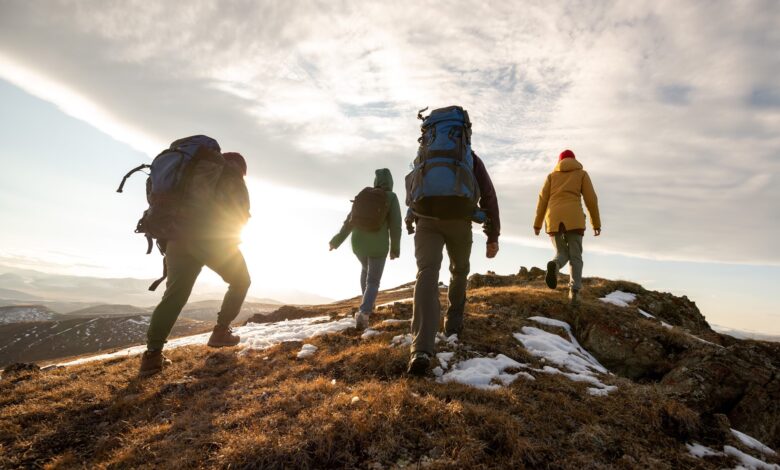
As anyone who has ever gone hiking can tell you, there isn’t really any feeling quite like the start of a hike. The feeling of getting fresh air, the sight of the beautiful scenery, and the feeling of having completed a trail that was so challenging is one of the best feelings. But to optimise your fun and protect yourself, there are certain items that you must carry when going for a trip outdoors.
Here we will provide you with a list of things that you should carry on a hiking trip and they can range from a simple day hike to an extensive multi-day hike.
Clothing and Footwear
The Foundation of Comfort
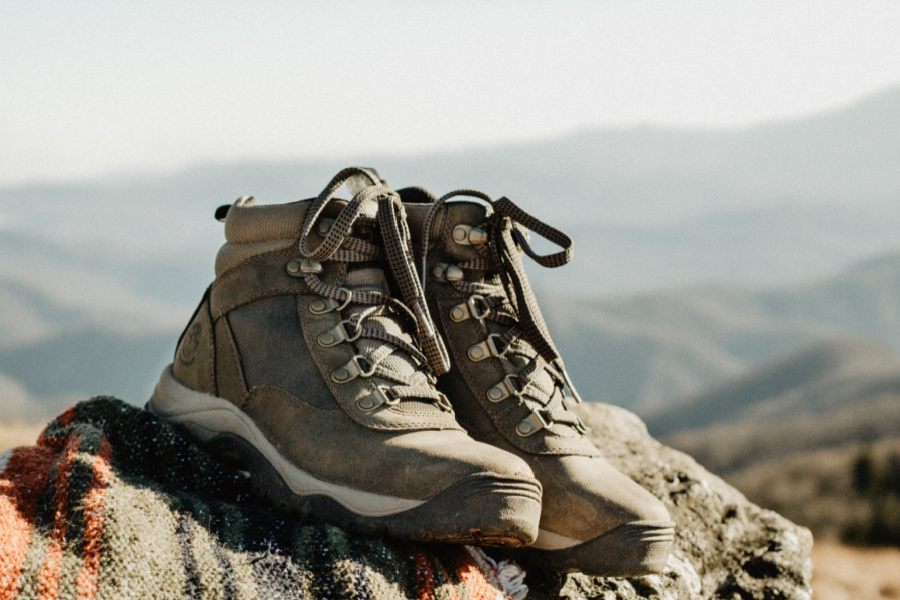
It is well known that the kind of clothing that you wear when hiking can either make or mar your hiking experience. Choose the fabrics that can repel moisture and are also airy in order to make you comfortable when the weather is either hot or cold. Wear multiple layers of clothing so that depending on how the day progresses, you can add or remove some layers.
The first layer should be a synthetic or merino wool undershirt and underpants together with synthetic or merino wool socks. For the upper part of the body, include a light, long-sleeved shirt and for the lower part, include trousers or shorts depending on the climate and the kind of terrain you will be traversing. Remember to take a waterproof jacket and trousers should the weather turn wet when you are out on the water.
Proper footwear is paramount. It is recommended to buy a good-quality pair of hiking boots or shoes that should have support around the ankle and a firm sole. Wear them before the hike so that you do not develop blisters and discomfort while hiking. Do not forget that your feet are the most important tools in hiking, as they are your main supportive system.
Navigation and Safety
Finding Your Way
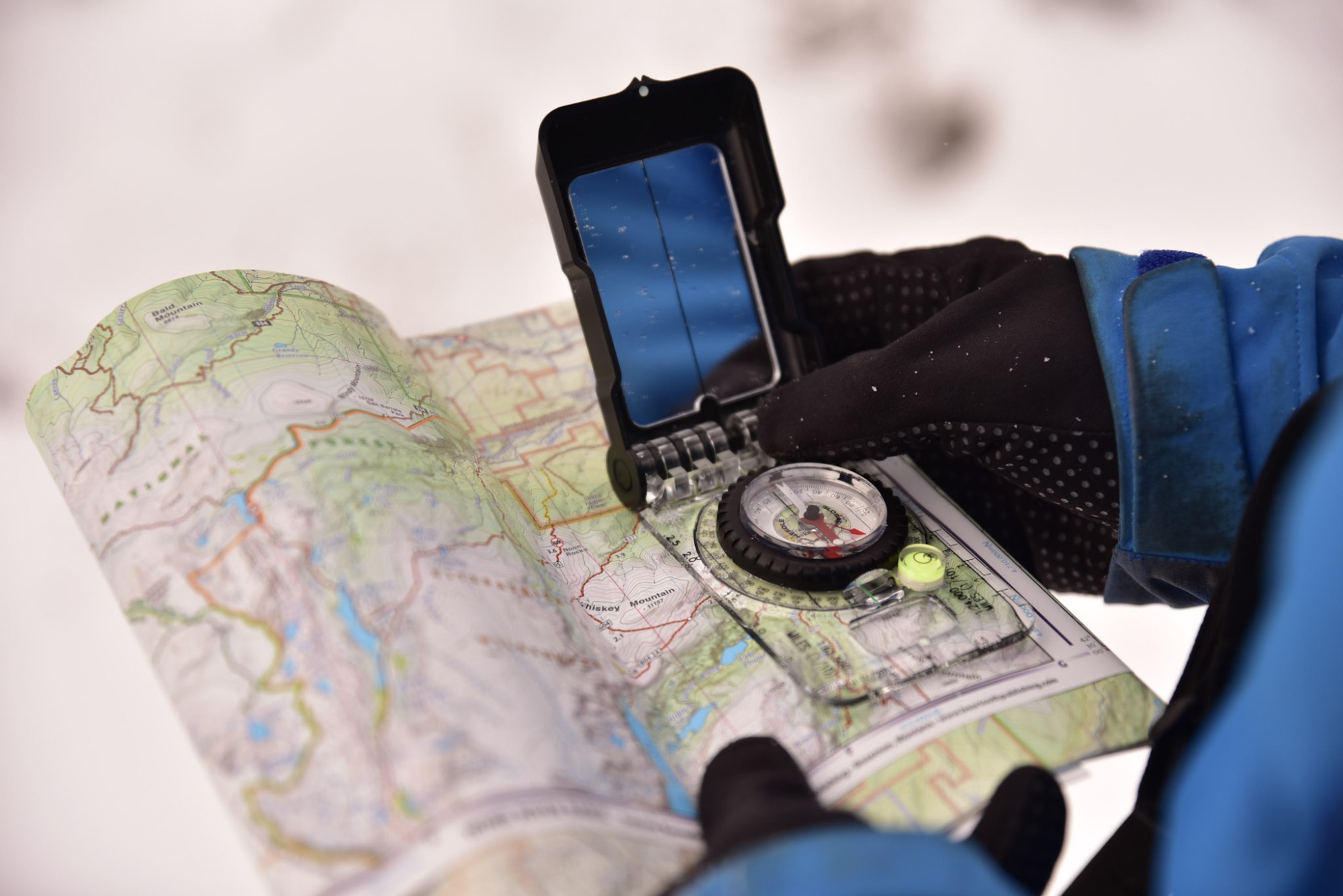
It is also recommended to have a map and a compass, even if you are a resident of this area. A map and compass are good examples of tools that will never fail you because they do not need batteries. Nevertheless, GPS devices or map applications on a smartphone have become the most popular among the hikers. In either case, ensure that you understand how to go about it so that you can get the best results.
When using electronic devices, you may want to carry a portable charger to ensure that the devices remain charged during the entire trip. It is also advisable to carry a compact, lightweight form of shelter for use in case one gets stuck during a day hike, for instance, a bivvy bag or emergency blanket. It may not be an everyday necessity, but these items could be a real lifesaver if you are stuck out late at night or in bad weather.
Another thing that should not be missing on any hiking trip is a good first aid kit. These should be items such as plasters, antiseptic wipes, painkillers, and treatment for blisters, among other medications that you may require. Before going on your adventure, learn some of the basic first aid that you should employ if the need arises.
Hydration and Nutrition
Fueling Your Adventure

Hiking, particularly in hot weather or at high heights, requires constant hydration. An important piece of equipment is a dependable water bottle or hydration system. An outstanding option for lengthy walks is the Stanley Quencher H2.0 FlowState™ Tumbler 1.2L. Thanks to its big capacity and eco-friendly recycled stainless steel structure, you’ll need to refill it less often.
Be sure to have enough food to last you throughout your journey. An easy way to get a rapid energy boost without weighing yourself down is with energy bars, trail mix, or dried fruits. Thermocafe By Thermos 400ml Food Flask is a good option for extended hikes. Even when you’re out in the middle of nowhere, you may still enjoy a hot or cold lunch thanks to this sturdy insulated container.
Protection from the Elements
Sun, Wind, and More
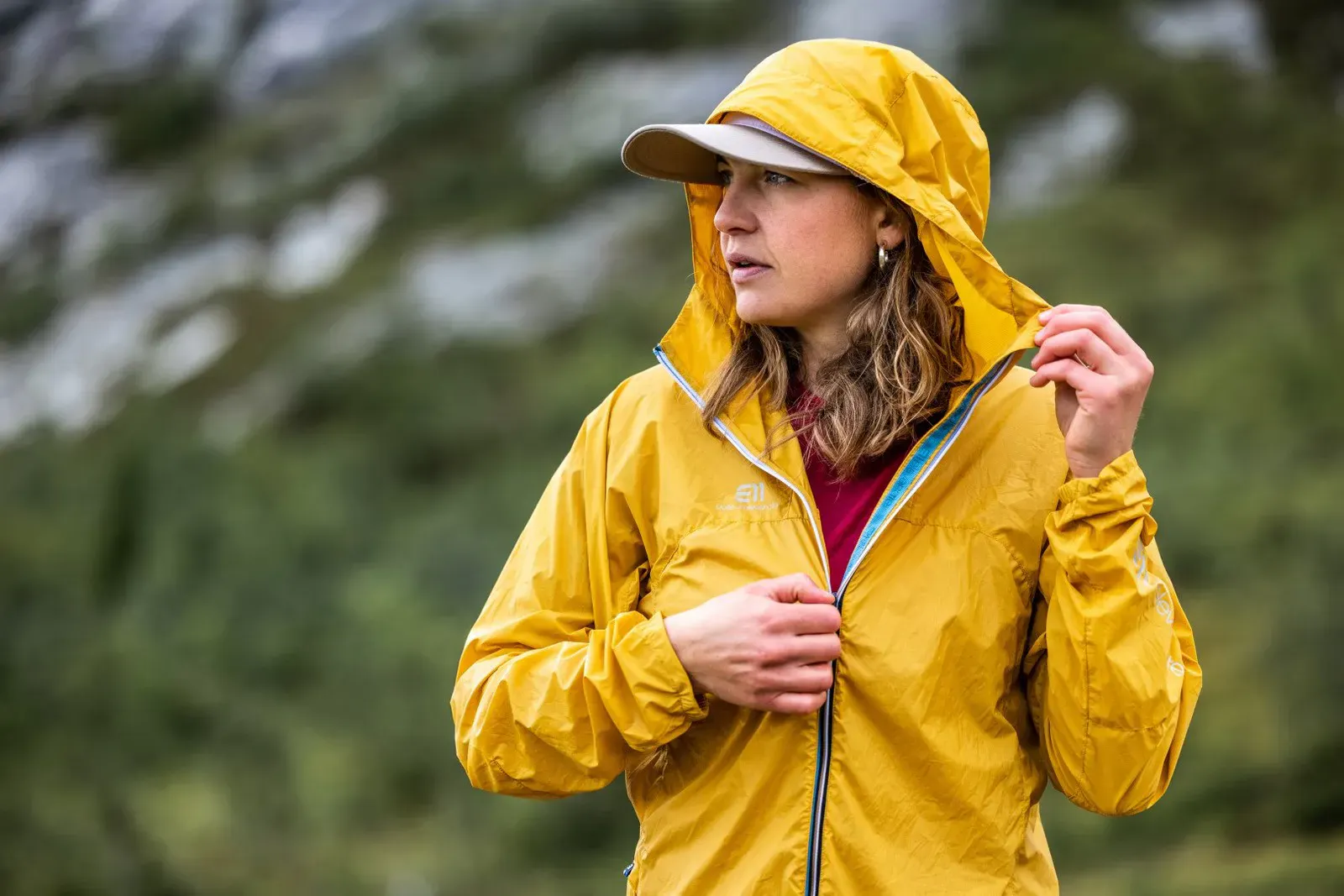
This is especially true on exposed trails; the sun can be very hot sometimes, so wear appropriate clothes that protect you from the sun. This comprises a wide-brimmed hat, UV protected sunglasses and sunscreen with a high SPF factor. Put on sunscreen adequately and keep reapplying it, especially when you are sweating or swimming.
It can also be affected by wind, which could be even more significant, especially when one is on high ground. A small windbreaker could be very useful and may significantly improve the conditions you will be able to work under. When the weather is colder, do not forget to put on gloves and a hat to cover your hands and head.
Insects can be one more problem on the trail and it is necessary to mention it. Bring a good insect repellent, which would help one get rid of mosquitoes, ticks and other insects that may bite. If you are in an area that has ticks, you can spray your clothes with permethrin before the hike.
Essential Tools and Equipment
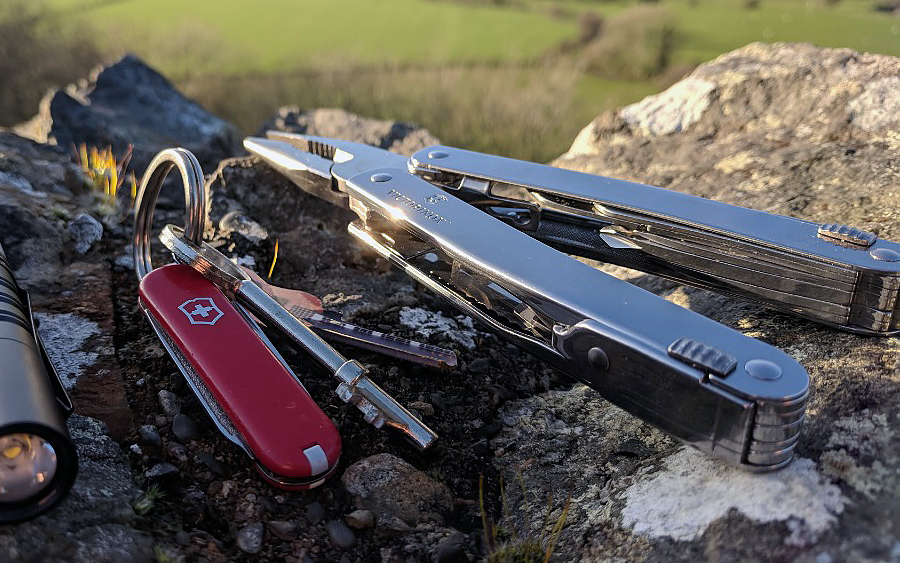
A multi-tool can be very handy in many and in a variety of situations, ranging from gear fixing to cutting food items. Pack a small repair kit, which should consist of items such as duct tape, safety pins, and a needle and thread, as they come in handy while fixing a problem on the trail.
Lighting is important and if your hike takes more time than planned, it will be very helpful. A headlamp is preferred as it frees up your hands but any small torch would do the job. Make sure that you carry spare batteries with you or if you are using a rechargeable light, then it should be fully charged before you go out.
Fire-making skills can be very important, especially during an emergency situation. Pack waterproof matches or lighter and if you are planning to go in a place that is usually damp, then bring fire starters. A whistle is also another small item that can be used to attract the attention of people in case of an emergency.
The Contigo SNAPSEAL™ Stainless Steel Sake Travel Mug is ideal for individuals who like to sip on hot beverages while hiking. It can keep your drink hot for hours. The one-handed drinking experience is perfect for sipping on the go, and the leak-proof design guarantees that your rucksack will remain spill-free.
Communication and Additional Considerations
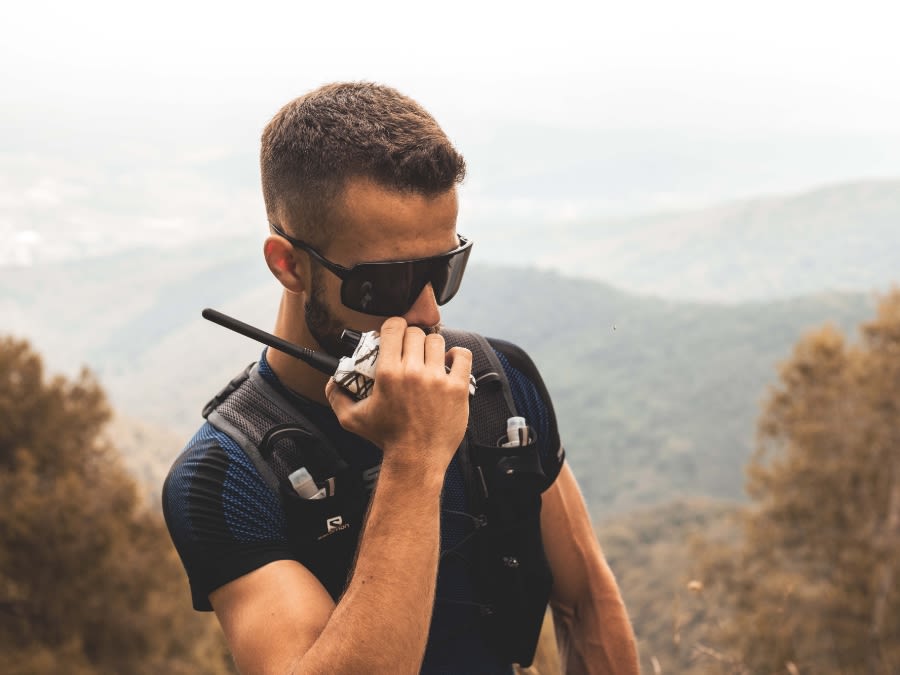
As much as people go for hiking to leave their gadgets behind, it is always good to have a gadget for emergency communication. A fully charged mobile phone is required but you should know that reception might be scarce in some locations. For more serious ventures, one should carry a satellite phone or a personal locator beacon.
Based on the duration and intensity of your hike, some of the essential items you might want to carry include a walking stick or a pair of trekking poles to support you on the rough terrain, a small notebook and pencil to jot down your experience or write messages to fellow hikers, biodegradable soap and a small towel in case you need to wash up and finally, small plastic bags for litter or wet clothes.
The Morrisons Stainless Steel Travel Mug With Handle is an affordable option for individuals who want a more traditional mug for their hot beverages. It has a comfortable handle and decent insulation.
Pack Smart and Hike Responsibly
As always, the secret of efficient packing is knowing how to be prepared without being too packed to the back. Over time, you will probably adjust the list according to your experience in hiking to meet your individual requirements.
One more important rule is to always let someone know where you are going hiking, the route you are going to take and when you are planning to be back. Ensure that you consult the weather conditions and the status of the trails and ensure that you can make appropriate changes as you go.
If you are well equipped and prepared for your hiking trip, the next hike you will go for is going to be awesome. So grab your shoes, fill your bag and let’s go and discover the beauty of nature!





